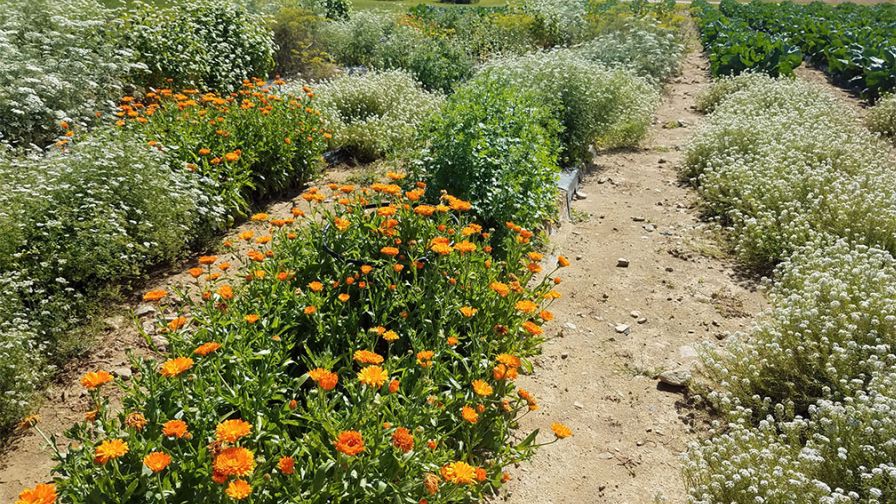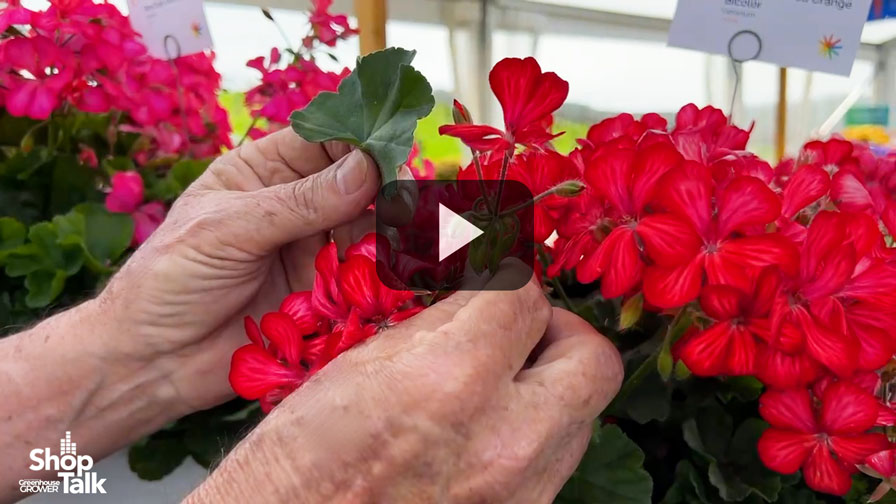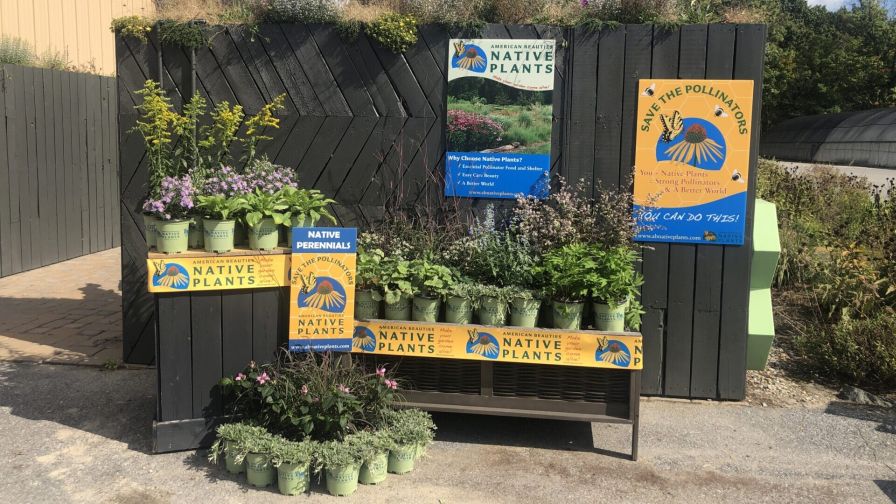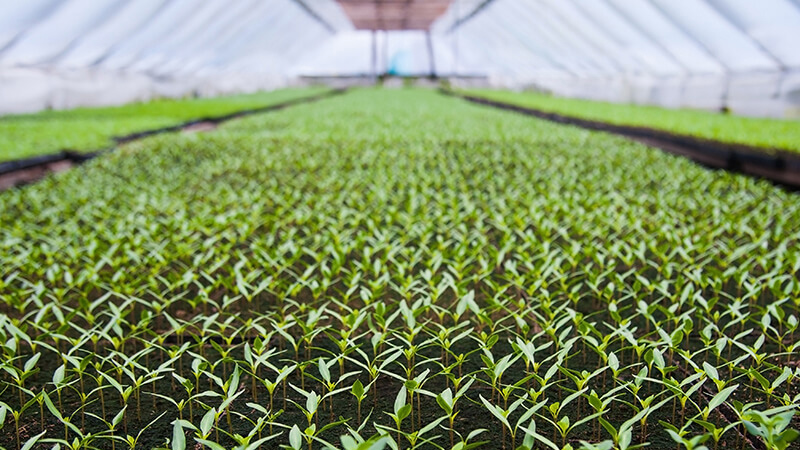New England Research Focusing on Building Beneficial Insect Habitats

The study site at the UNH Woodman Horticultural Research Farm shows rows of the various insectary plants studied, including alyssum, buckwheat, cilantro, false Queen Anne’s lace, dill and calendula, alongside stalks of Brussels sprouts. Photo: Alina (Harris) Cypher/Sideman Lab
A team of University of New Hampshire (UNH) Agricultural Experiment Station scientists made up of UNH faculty and alumni recently published research in Environmental Entomology examining the role of annual insectary plants — which are flowering plants grown to attract, feed, and shelter beneficial insects — in serving as habitats for syrphid flies. Also known as hover or flower flies, syrphids appear as a mix of a housefly and honeybee — typically with black and white or yellow bands across their bodies — and derive their name from their behavior of hovering over flowers and other plants. While adult syrphids prefer nectar and pollen for a meal, many species of syrphid larva will consume large numbers of common pests, such as aphids.
“This paper is the first report of the species composition of syrphids living and foraging in our local vegetable systems,” says co-author Anna Wallingford, an NHAES scientist and a research assistant professor in the Agriculture, Nutrition, and Food Systems Department at UNH. “We knew that syrphids as a group can provide important ecosystem services, and we knew plenty about the foraging behaviors of species in the western U.S. and Europe, but now we know which species are active here in New England.”
In California and the Northwest, growers use insectary intercrops (plants used specifically for attracting predatory insect species) to attract and maintain syrphids. However, these practices have not been tested within the Northeast. To determine some of the more effective plants for attracting syrphids in the Northeast, the research team observed eight annual insectary plant species at three sites over three years. The study was conducted at UNH’s Woodman Horticulture Research Farm; the University of Massachusetts Crop and Animal Research and Education Farm in South Deerfield, MA.; and the University of Connecticut Plant Science Research Farm in Storrs, CT.
“We’ll use this information as a springboard to study the behavior and life histories of the key players in our vegetable agro-ecosystems, which will lead to better landscape management techniques and more sustainable pest management down the line,” says Wallingford.
Continue reading at unh.edu.









